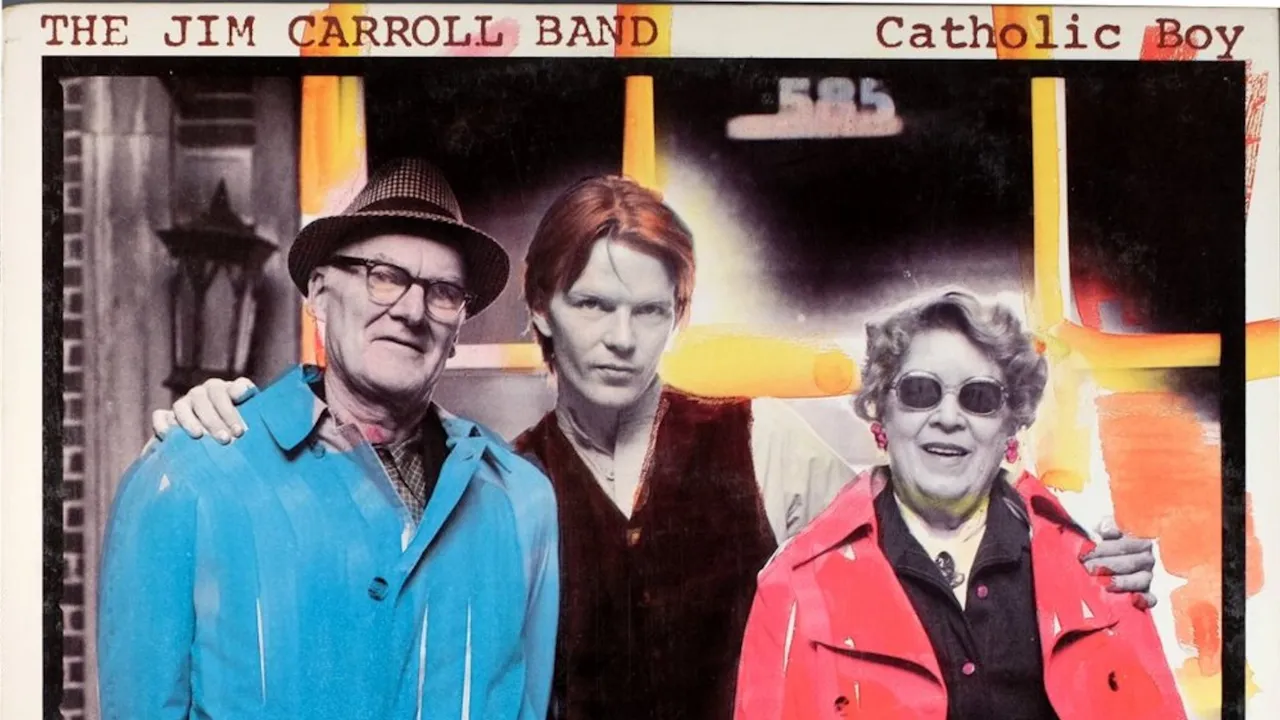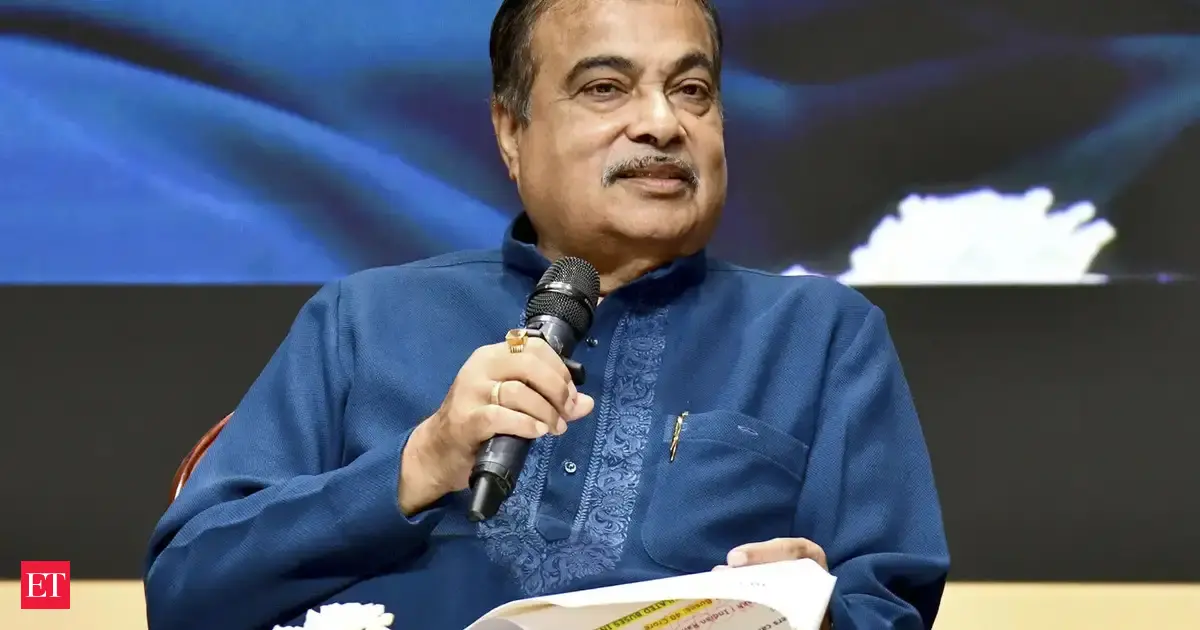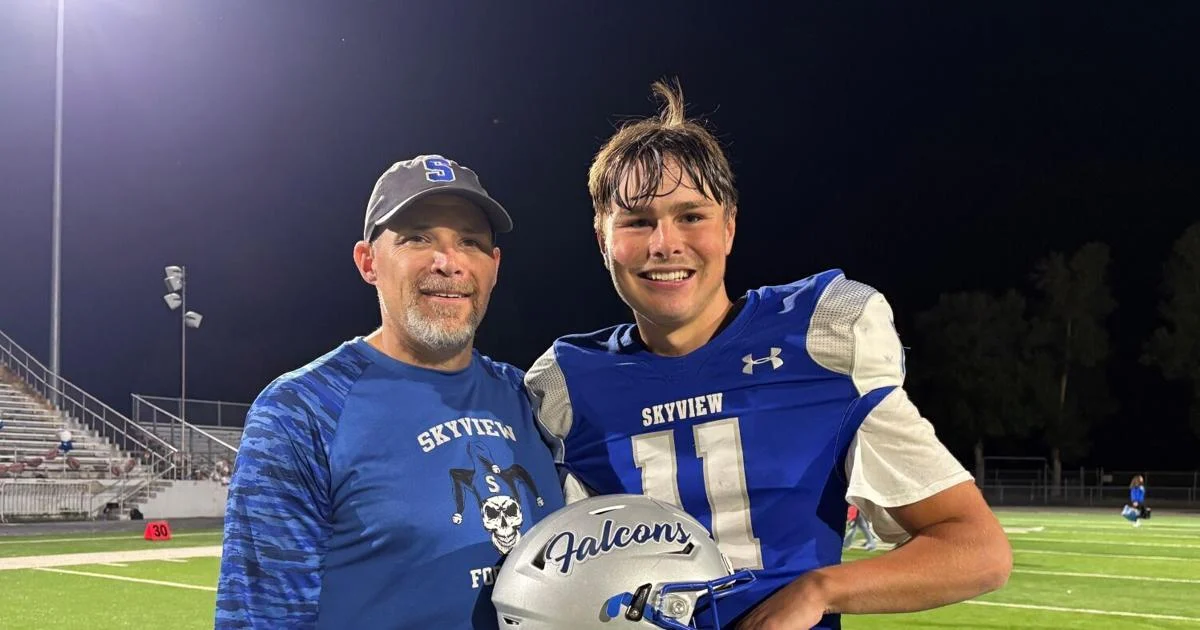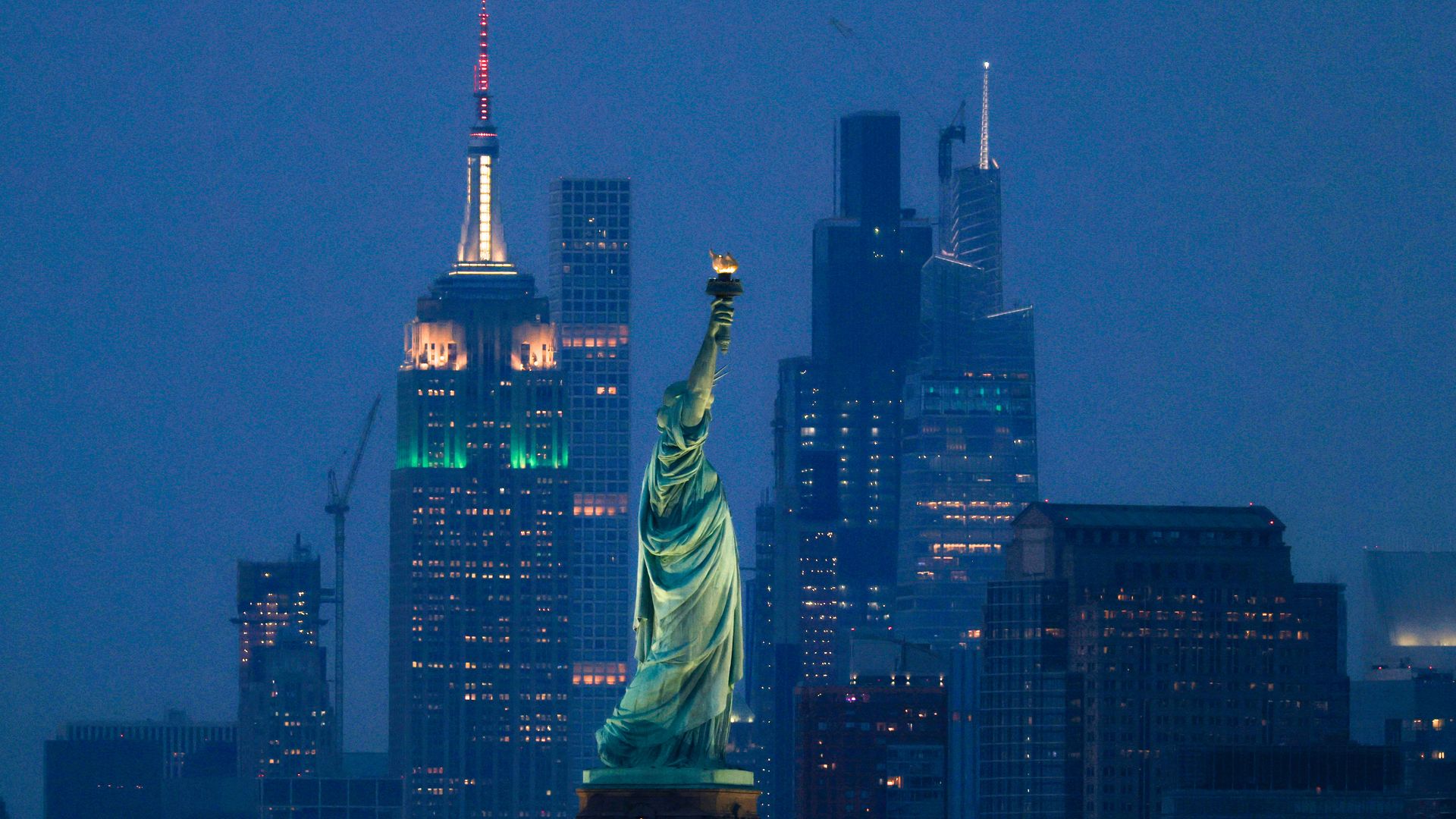
God had gifted saints with less talent than Jim Carroll. By 28, he’d started and ended a vicious heroin habit, developed a reputation as a New York City sports prodigy, written a Pulitzer Prize-nominated collection of poems, and published 1978’s The Basketball Diaries, a best-selling chronicle of addiction and youthful hedonism from ages 12-15 and an early exemplar of autofiction. The 1995 film adaptation would star Leonardo DiCaprio. Some people become cool; some people, like Jim Carroll, are born with it, a burdensome inheritance. Everybody wants a piece.
Where do you go after you’ve become the king of Downtown? In 1973, fractures were forming in his social milieu: the Beats, like his friend Ted Berrigan, who’d hung on through the speed-fueled ’60s, poets in varying states of sobriety, rock musicians like his erstwhile roommate and ex-girlfriend Patti Smith, and a crowd in Warhol’s orbit who “were all into being self-destructive themselves.” He’d grown weary of the incestuous poetry crowd, who all wrote for one another. He was too young to be a legend and too experienced to pick up a new bad habit. He was in search of something more potent than an earthly high—or at least without the jail time or the comedown.
In recovery on and off by 18, he’d already lived innumerable lives. Jack Kerouac was dead, but before he kicked the bucket, he read an excerpt of Carroll’s work in The Paris Review and declared that “at 13 years of age, Jim Carroll writes better prose than 89 percent of the novelists working today.” He’d also said in On the Road that the only people for him were “the mad ones” who “burned like fabulous yellow roman candles.” Carroll wasn’t ready for such an explosive expiration. Madness had ravaged his youth and fed on his friends.
Before rock ‘n’ roll, before his reinvention as a punk poet, the first new frontier was rehab. He tried a New York City methadone clinic, hated it, then at 24, he quit for California at the behest of his friend, the poet Anne Waldman.
The Bay Area was a tabula rasa without layers of memories. He got one dog, then three. He ran his pack down the beach in Bolinas, a hippie hamlet full of surfers in the shadow of Mt. Tamalpais.
“A dog is kinda the biggest reason I got off methadone,” Carroll said in 1981. “If I was crying from when I was in pain from kicking it, the dog was so conscious of it. He’d just come up and start licking me.”
Clear-eyed for the first time in a decade, he fell in love and got married. His new wife, a law school student at Stanford, took him to New Wave shows in San Francisco, and divine inspiration struck again.
“People had encouraged me to do rock ‘n’ roll for a long time,” he said upon the release of Catholic Boy in 1981, a vast understatement. New York City seemed insistent that Jim Carroll have a career in music, even if he was not. He “had never listened to much rock after the Velvet Underground split,” he said in an NME article from the time, but he was impelled into collaboration by pals like Patti Smith and Blue Öyster Cult’s Allan Lanier. Lanier needed lyrics. Smith convinced him to open for her with her backing band, even though he missed a show after a drug bust landed him in jail overnight. When she worked at Scribner’s books on 5th Avenue, she saved him from an overdose, walking him around until he came to.
Compared to the readings he’d done all over the city, performing onstage felt vital and raw, a way to connect with people outside the incestuous, erudite New York poets’ circle. “I didn’t like the negativity of punk,” he said, “but at least I saw how I could get past my technical limitations, because you didn’t have to sing well. And after publishing poems all those years and having a very esoteric audience, the prospect of this other audience seemed nice.”
It was in Bolinas, on the beach with the dogs, that he’d become the frontman of his own band. There, he met some members of a local group called Amsterdam, and convinced them to soundtrack one of his readings. Soon after, the new Jim Carroll Band were polishing material at Bay Area clubs until they finally won over the scene’s youths. This was by design: “I wanted kids to like it,” Carroll said, “kids into heavy rock and hot guitars.” Doors opened quickly for Carroll, as they tended to do. On a trip to New York in 1979, he inked a deal with famed music mogul Earl McGrath at a party.
If Catholic Boy is for the kids, it’s a specific subset of them: precocious, kinetic, and traumatized. The breakneck pace of punk rock is perfect for outrunning what haunts you. A louche hybrid of New York Dolls-style glam rock and ’80s gloss, the album is an emblem of the national transition from downtown punk squats to cocaine penthouses and Reagonomics. It’s a bridge between the Ramones and the Cars, a yarn that ties together two decades and two cities.
On the LP’s cover, he is a prototypical Leo, mugging like Mick Jagger, red hair lank around his temples. He smirks between two pale cheekbones sharp enough to cut glass. Wedged between his normie parents, two relics of a bygone era, the Annie Leibovitz photopainting only adds to the mythology, reaffirming Carroll’s legacy as a man who stood out even in a room full of stars.
Men and women alike chased Jim Carroll, undeterred by his age or his addiction. Freshly married in California, he admitted to a reporter that “a lot of women throw themselves at you. Although a lot of the groupies that come to me are girls that don’t want to screw me, they want me to read their master’s thesis.” This wasn’t new, nor was it exclusive to this period of his life. The academics might have been high-minded, but the earlier hordes were not. In his autofiction, basketball scout Benny Greenbaum propositions and touches him repeatedly during the National High School All Star Basketball Game. His old lady “lover” in a later chapter is the “friend of the mother of an old girl friend of mine,” around 40 to his 14.
Whether or not these anecdotes are strictly true, The Basketball Diaries is filled with enough instances of benign and not-so-benign neglect that Carroll gets himself into harrowing scrapes, often at the hands of people who seem to want some of his shine. The son of an Irish-Catholic barman, Carroll was roaming Manhattan unsupervised by his preteens, defending himself mostly unsuccessfully against sexual predators, neighborhood toughs, and an array of accessible drugs. He turned tricks for drug money before he could legally drive a car. He describes slugging beer at age 12 with the impassivity of a Sally Mann photograph.
Jim Carroll lived mostly between the opposite poles of slumped, strung-out oblivion and the divinity of a morning stroll on Bolinas beach. Locating Catholic Boy somewhere on this spectrum is difficult—it’s mostly major key bombast, not quite resigned but also deeply blasé. Between the cock-rock bravado, he recites a list of dead children on “People Who Died” as if he’s reading a grocery list. Like a screen separates the confessor from the priest, so the shredding guitars distance Carroll from G-berg and George, whose “gimmicks got rotten/So they died of hepatitis in Upper Manhattan.” Carnage or otherwise, this is the song whose legacy has transcended a record that’s mostly faded into the annals of rock history. Its driving power chords, evocative of Plastic Bertrand’s “Ça Plane Pour Moi,” open Steven Spielberg’s E.T.: The Extraterrestrial, and more recently, it played in The Suicide Squad’s opening credits.
Bluntly: he could not sing. Mostly, it didn’t matter. There’s a disconnect between the instrumentation across the album and Carroll’s Sprechgesang, a mix of Jagger’s “Shattered” affectation and a less-melodic Bob Dylan circa “Subterranean Homesick Blues.” Occasionally, it feels like Carroll is rhythmically out of step with the former Amsterdamians who are plowing through the bars behind him. There is enough personality on opener “Wicked Gravity” to make up for this demerit, but by “Three Sisters,” Carroll sounds like a washed-out Lou Reed.
“Crow” and “Catholic Boy” are the record’s best songs, not just sonically but because they come closest to touching the bruise. They are the album’s most painterly and evocative tracks, with the closest kinship to Carroll’s written poems. The former, a tribute to Patti Smith, describes her bringing donuts to the junkies, covering Carroll with blankets at the Chelsea Hotel. “Catholic Boy” paints a Hieronymus Bosch-version of religion, bloody and suffused with angels. “I made allies in heaven/I made comrades in hell,” he sings, later declaring “I was a Catholic boy/Redeemed through pain/Not through joy.”
How badly do you need to hurt to be a martyr? The principle he fought for was telling the stories of those comrades he made in hell, people whose lives came and went without much fanfare: the users, the alcoholics, the urban poor. St. Lucy famously gouged out her own eyes, and maybe Jim Carroll would’ve, too, if he’d known it was an option. “Poets and writers in general have a vested interest in a decaying world, because everyone looks to poets to clarify the chaos,” he told Creem Magazine’s Mark Norton in 1981. People were beginning to see the corrosion eating away at a certain version of America. The Vietnam War had manufactured platoons full of junkies, but you didn’t need to travel that far to find people looking for an exit. They’d been on Avenue C the whole time.
When he died in New York City in 2009, it was in the same Inwood building where he’d spent some of the Basketball Diaries years. The prodigal son had returned. He lived alone after a brief marriage and an amicable divorce. He’d turned inward and chipped away at an unfinished novel, growing a beard that reached his shirt collar. In look and manner, he was less CBGB’s than wizened sage—an ailing mystic who’d gone to the mountaintop and back.
Jim Carroll was not, perhaps, a prodigy at everything—his luck or talent had to run out somewhere, sometime. But Catholic Boy is a meaningful entry into the pantheon of art that reckons with addiction, a chronicle of New York City’s basement-dwelling class, and an archive of a life so potent, so full of pain and kismet, it seemed almost biblical. It deserves its spot in the city’s apocrypha. Saints and martyrs have certainly been made from less.



